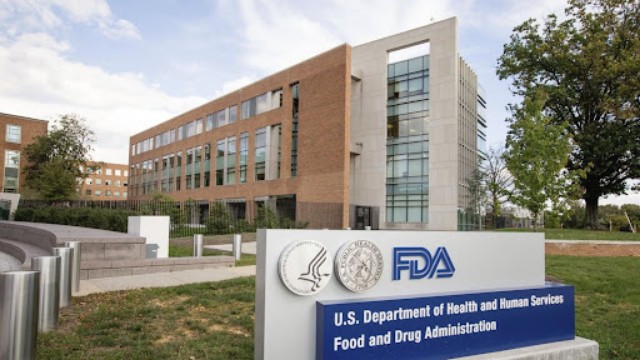
The report highlights that gender inequality is increasing the risks for girls and women, noting particularly high rates of HIV among adolescents and young women in parts of Africa. Photo: Shutterstock
In 2023, nearly 40 million people worldwide were living with HIV, the virus that causes AIDS, according to a recent UN report released on Monday. Despite some progress in combating the global AIDS pandemic, the report reveals troubling trends. Over 9 million people with HIV did not receive treatment, and as a result, someone died of AIDS-related causes every minute.
While the number of deaths from AIDS-related illnesses has decreased significantly—from 2.1 million in 2004 to about 630,000 in 2023—the latest figures still fall short of the 2025 target of fewer than 250,000 deaths. UNAIDS, the UN agency spearheading the global response to HIV/AIDS, notes that progress in the fight against AIDS has slowed. Funding is dwindling, and new infections are on the rise in three regions: the Middle East and North Africa, Eastern Europe and Central Asia, and Latin America.
The report highlights that gender inequality is worsening the situation for girls and women, particularly in parts of Africa where HIV rates among adolescents and young women are alarmingly high. The proportion of new infections among marginalized communities—such as sex workers, men who have sex with men, and people who inject drugs—has increased to 55% in 2023 from 45% in 2010. These groups often face stigma and discrimination, making it harder for them to access necessary care.
UNAIDS Executive Director Winnie Byanyima emphasized that world leaders committed to ending AIDS as a public health threat by 2030. She stressed that this goal can be achieved only if there is adequate funding for HIV response efforts and protection of human rights for all individuals. Leaders had pledged to reduce annual new HIV infections to below 370,000 by 2025. However, the report shows that new infections in 2023 were over three times higher, reaching 1.3 million.
The report also notes that out of the 39.9 million people living with HIV last year, 86% were aware of their infection, 77% were receiving treatment, and 72% had their viral load suppressed. Advances in HIV treatment include long-acting injections that remain effective for six months, but these cost around $40,000 per year, making them accessible only to the wealthiest individuals. UNAIDS is urging manufacturers to reduce the price for low- and middle-income countries.
Moreover, there have been promising developments in HIV research. For example, seven patients treated for leukemia showed no detectable HIV in their systems, a breakthrough that will be discussed at the 25th International AIDS Conference starting Monday in Munich. Despite these advancements, daily pill treatments costing about $75 per person annually remain the primary option for most people living with HIV.
UNAIDS remains focused on advocating for an effective vaccine to prevent AIDS and continues to push for greater access to affordable treatments and innovations.















